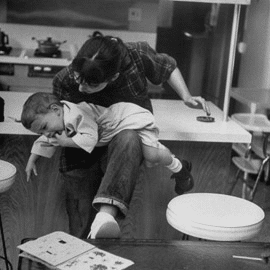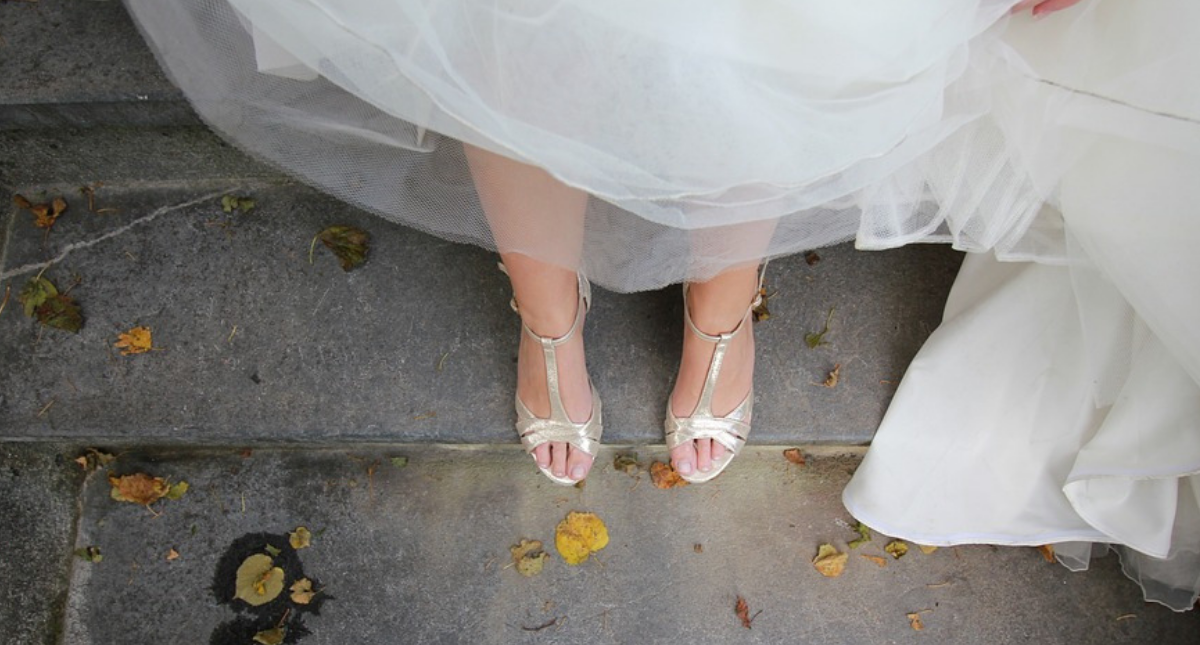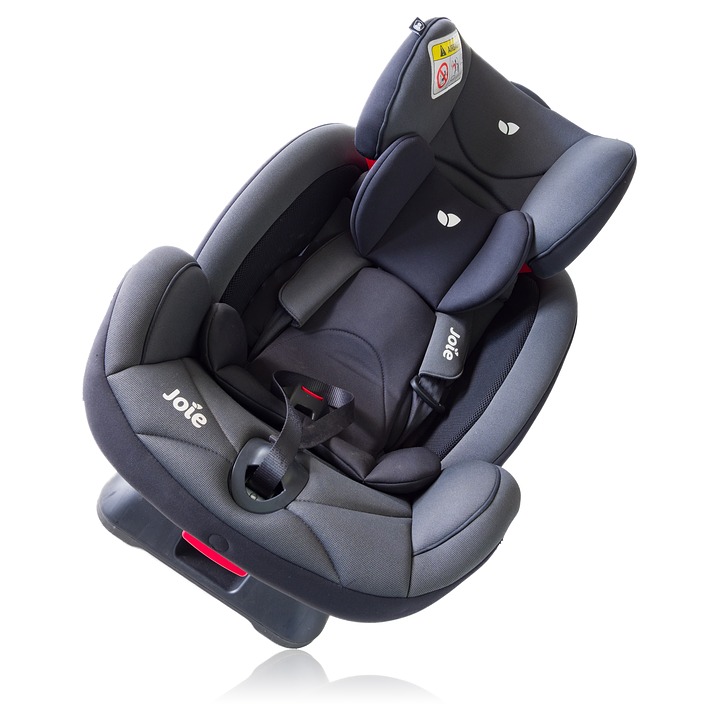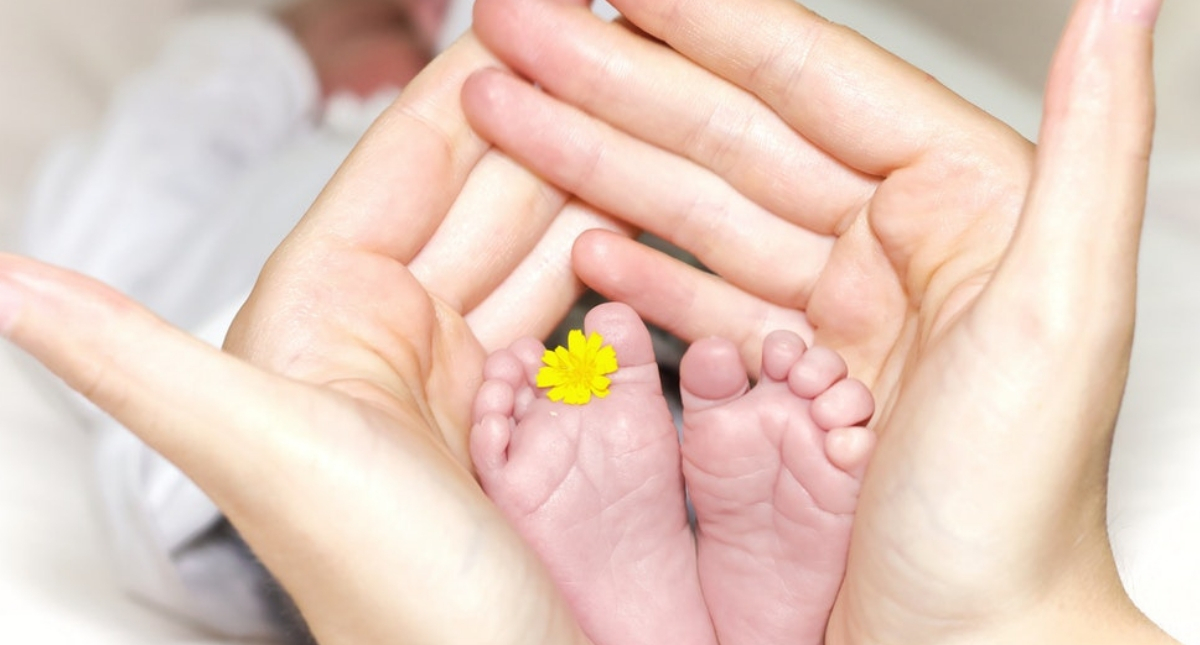

Benefit of Spanking
Those who are pro-spanking have numerous reasons why they should use this form of discipline. For instance, many of them believe it is their religious duty to spank a child instead of using other forms of discipline, such as ‘time-out’. They get the outlook from the Bible and often quote ‘spare the rod and spoil the child’.

Image Source: theconservativetreehouse.com
Benefits of Non-Spanking

Image Source: goodhousekeeping.com
While other children are ‘grounded’ as punishment. Grounding a child involves taking away privileges such as freedom to play with their friends or their television time. For example, a pre-teen may be grounded from the phone for a week. This means she cannot use her phone to text, call, or snapchat for a whole week. In this age of high-tech gadgets, this is a highly effective way to punish an older child.
Advice From Other Mothers
Moms are not shy about telling you that spanking will harm your child. Questions like, ‘how can you justify hitting your child?’ or ‘how can you stand to hurt your child?’ are aimed like bullets at the heart of spanking parents. To a non-spanking parent, this punishment is abuse. Many times, a parent who is spanking their child properly will have to deal with Child Protective Services as a result of another parent calling them in for abuse.
On the other hand, parents who do spank will often quickly judge a child who is misbehaving while their non-spanking parents look on helplessly. It is hard to overlook a child who is kicking his mother’s shins in the laundry aisle. It is even harder for a spanking parent not to say something like ‘jerk that brat up and tan her fanny and she’ll quit that mess!’.
Both sides have their own way of parenting and neither side is wrong. Some parents find that they have to use both ways of thinking within one family. One child is easily redirected and will listen after a stern admonishment. A sibling will run rampant and be completely out of control until they are spanked.
Likewise, age makes a difference, too. A young child cannot understand the concept of time out. For them, a quit pop on the bottom is very effective. A teenager on the other hand, will respond quickly to having their privileges revoked. No phone, no friends, no gossip- well let’s just say, they might not be your bestest friend for awhile (which is okay!). It works very well to regain control of them during the stubborn teenage years.
The best advice is to find what works best for your children. Know how to properly discipline no matter which side of the spanking camp you choose. Spanking should not be the same as beating. Non-spanking should not be the same as non-discipline. Be steady in your correction. Do not change from day-to-day. And most of all, trust in your abilities to raise your child properly.



















